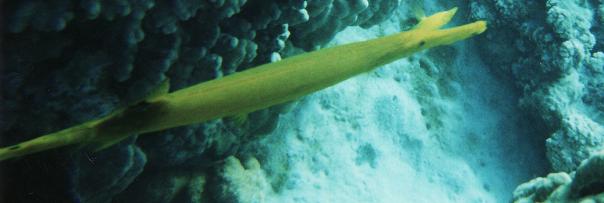

|
 |
 |
| Bivalves and Chitons |
|
Student pages |
Mytilus
Mytilus californianus can be found attached to rocks on exposed shores in the mid intertidal to the subtidal zone4. M. californianus can reach a length of 20 cm and is identifiable by strong ribs on shells6. M. trossulus is found in sheltered rocky bays in the mid intertidal to upper subtidal zones4. Also, M. trossulus can be found in estuaries where the salinity varies6. Additionally, these species range from Alaska to Mexico4. Like a majority of bivalves Mytilus are filter feeders6. Water enters through the valves and moved across paired gills to filter plankton from planktonic environment2, 6. M. trossulus can filter 3L per hour of water through gills to extract plankton from water colum4. The filtered water leaves through the exhalant siphon, which is visible at the posterior end6. Most all Mytilus sp. are broadcast spawners, releasing gametes directly into the water column3. Similar to other broadcast spawners Mytilus spp. are fecund, one female can release 100,000 eggs annually4. Current research has examined larval retention, Mytilus sp. natal origins has been identified through elemental fingerprinting, indicating where the larvae were fertilized7,8. To increase settlement success, Mytilus edulis changes their position in the water column in association with life stage9.
This web page is part of the UWT Marine Ecology course project |